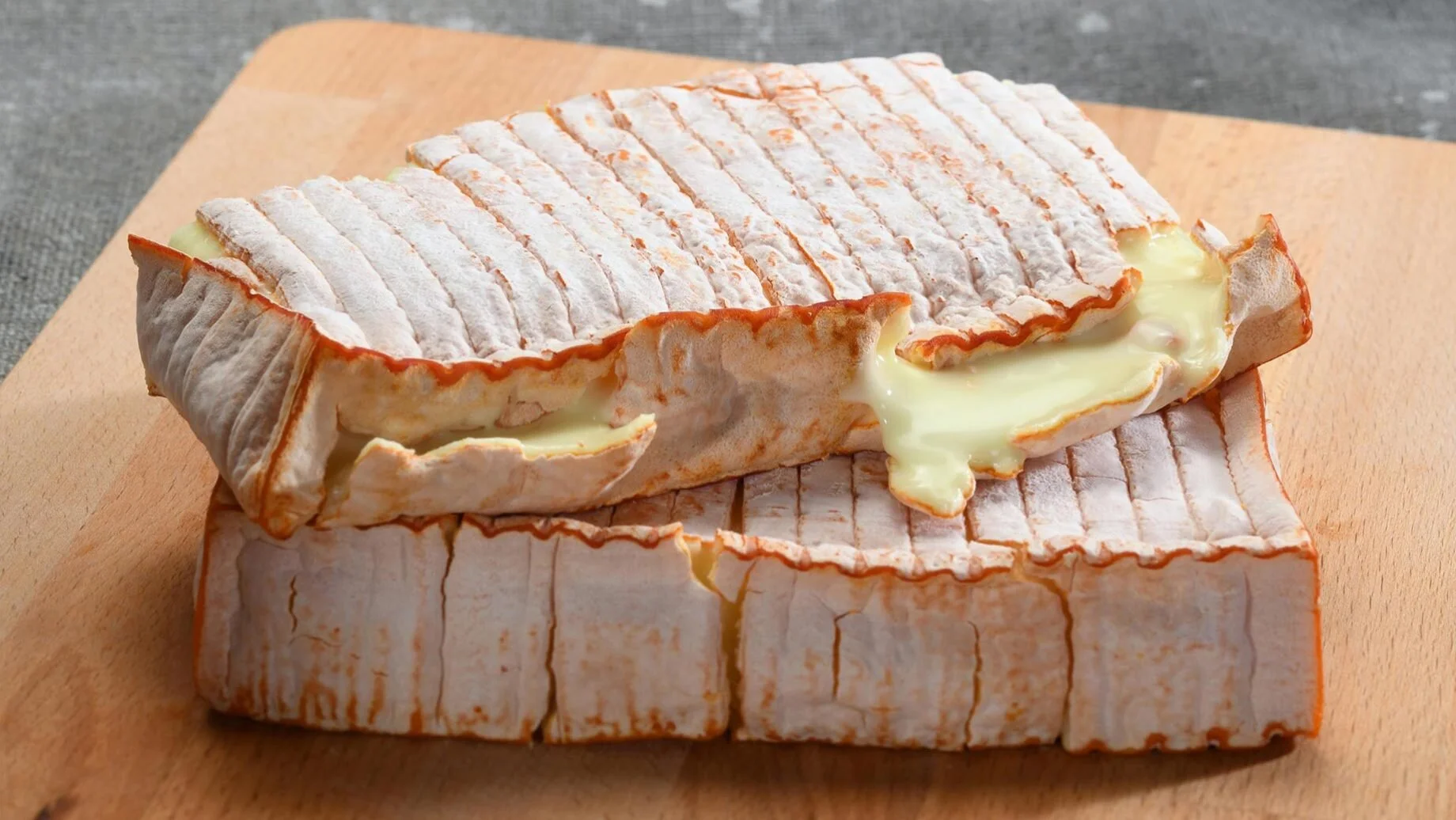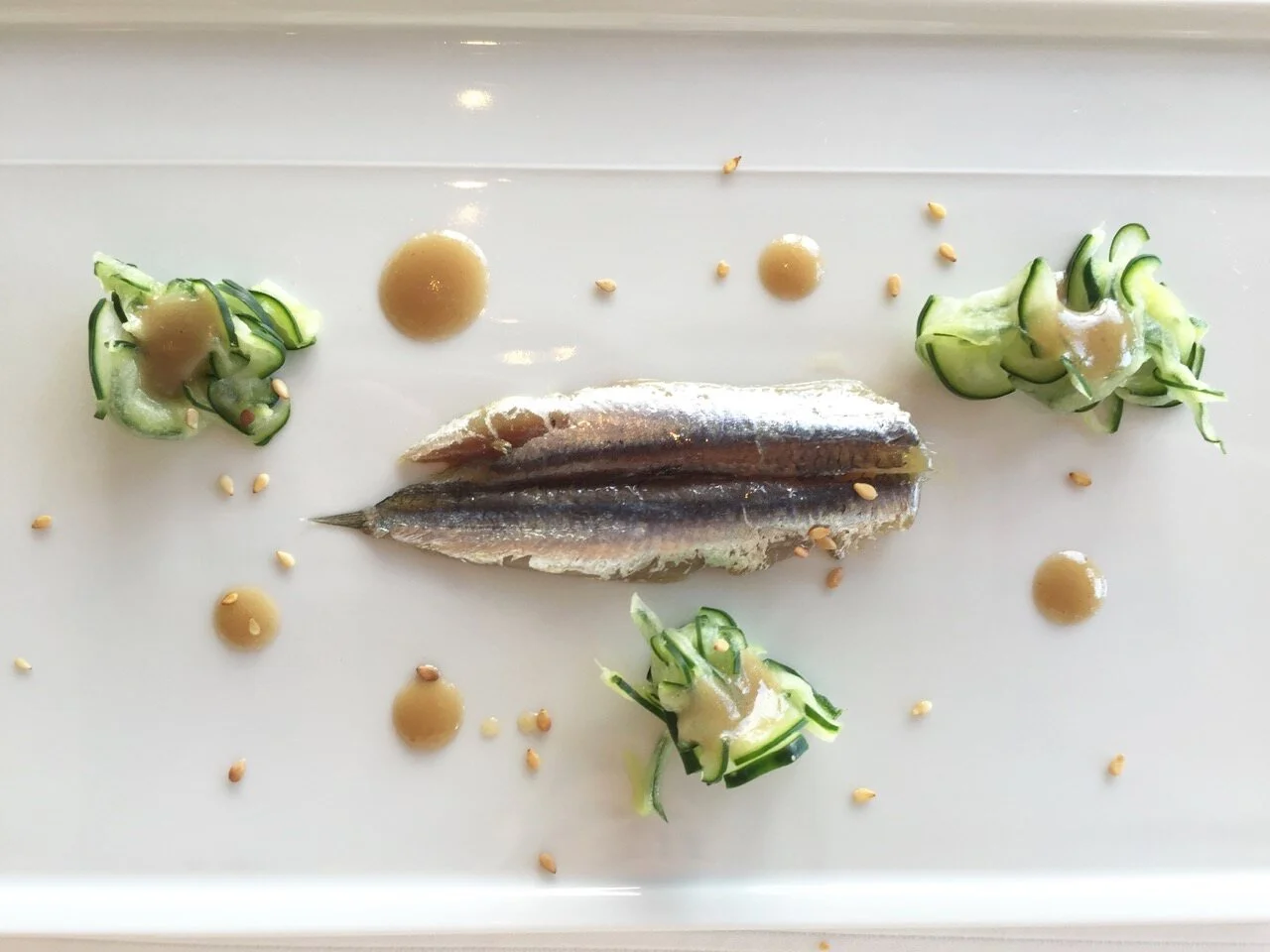Photo: Fromages-france.com
World Cheese Encyclopedia - Each Sunday learn all about a new cheese.
This week Brie de Melun from France.
Photo: Fromages.com
Country: France 🇫🇷
Region: Seine-et-Marne
Made from: Cow’s milk
Pasteurised: No
Texture: Soft
Taste: Strong, salty, musty
Certification: AOC, AOP
Ageing: 4 – 8 weeks
Brie de Melun is a very old cheese although little is known of its exact origins. It is said that it may be the ancestor of all Brie cheeses. It is made using raw cow’s milk in the region of Seine-et-Marne, Aube and Yonne. Brie de Melun is smaller than its cousin Brie de Meaux and has a stronger and saltier flavor. It also takes longer to mature at 4 to 8 weeks.
Brie de Melun is a soft-ripened cheese with a golden yellow creamy paste that can become white and crumbly at the center. The rind is thin and wrinkly and is covered with white mold often dotted with reddish or brown patches.
Photo: Thesupermat / CC
Brie de Melun smells earthy and of mushrooms. It has a soft texture, sometimes runny. The flavor is strong, salty, musty and a little fruity and can be reminiscent of straw.
Brie de Melun is coagulated with lactic acid instead of animal rennet and is therefore a vegetarian cheese.
History
Brie de Melun is said to be the ancestor of all Brie's which are some of the most popular cheeses in France and can almost always be found on most cheese boards. It originated in the Seine-et-Marne region of northern France and is known to have been popular with French royalty from Charlemagne to Louis XIV. It is said that Charles of Orleans gave Brie as a New Year’s gift to the ladies of the court and legend has it that the crow in La Fontaine’s fable “The Crow and The Fox” was holding a Brie cheese in its beak.
Photo: Winesearcher.com
Brie de Melun was awarded registered designation of origin (AOC) status in 1980 followed by protected designation of origin (AOP) certification in 1996.
How to enjoy it
Brie de Melun is best eaten when the surface rind is not yet too soft to the touch and only slightly rippled. The taste develops over time and can become very strong and even a little bitter if left too long. It is delicious eaten with crusty French bread, fruit such as pears or apples, and a glass of champagne, or a lighter red wine such as a Côte de Beaune.
Sources: Culturecheesemag.com, Fromages-france.com, LaFromagerie.co.uk, TasteAtlas, aufromagerderungis.com
Have you always dreamed of becoming a better cook? Now you can with our online video cooking classes































